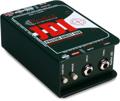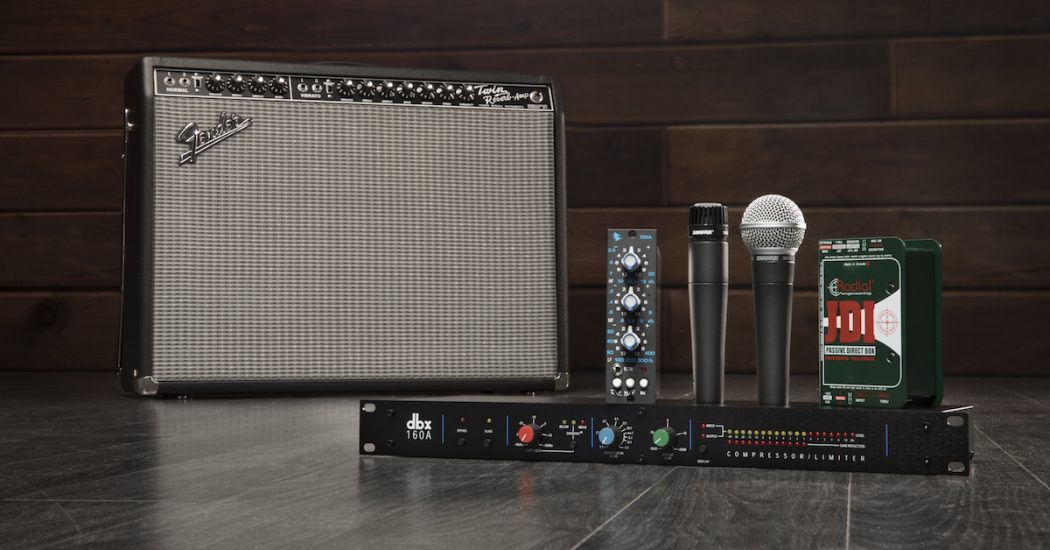
Other than perhaps a minor tweak here or there, these 10 products haven’t changed since their original release, and they don’t need to. You’ll find these microphones, instruments, accessories, and processors in studios and on stages around the world — read on to find out why.
Shure SM57/SM58 dynamic microphones
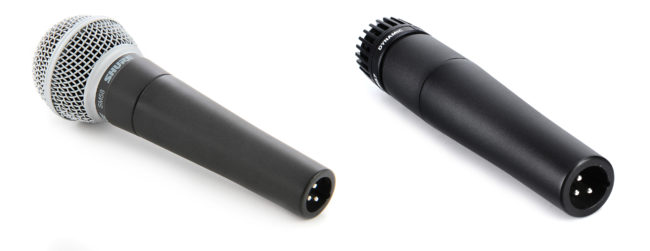
Shure’s SM57 and SM58 microphones were introduced in 1965 and 1966, respectively, and have become some of the world’s most-used microphones. Originally intended for studio recording applications, engineers quickly learned how effective these mics are for live sound. The SM57 instrument mic has a strong midrange character that helps guitar amps, snare drums, and other “rock” instruments hold their place in the mix. The SM58 handheld vocal mic has a slight presence boost in the upper mids that helps vocals cut through. Engineers and musicians alike have learned what to expect from these iconic microphones, and you can expect the SM57 and SM58 to remain unchanged for as long as people are using microphones.
Universal Audio 1176 limiting amplifier

A go-to compressor for rock vocals and instruments, the 1176 compressor has been used on countless recordings since the ’60s. Known for its powerful, forward sound, the 1176 is the first choice of many engineers for creating a rock-solid snare drum sound, or for pushing vocals to the front of a mix. Its Class A output stage with custom transformer adds a bit of harmonic richness on its own, encouraging many engineers to use it as a “color” box without adding any compression. And the 1176 is probably best known for its “all-buttons-in” mode, which allows you to absolutely crush any signal in a surprisingly pleasing way — perfect for explosive drum tracks. You’ll continue to find 1176 compressors in studio racks for as long as people are recording rock music.
Martin D-28 acoustic guitar
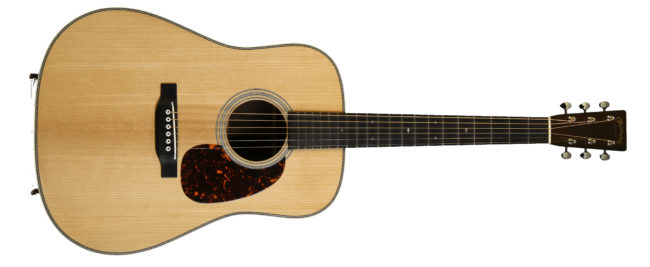
Picture an acoustic guitar — it’s likely that you just imagined a dreadnought-style guitar like the Martin D-28. Over a century ago, Martin introduced the dreadnought body style, inspired by the world’s first big-gun battleship to use steam-turbine propulsion. Guitarists were pleased to discover that the dreadnought shape delivered more volume and deeper bass than they had experienced with other body shapes — and in the days before amplification, that was a big deal. Thanks to the Martin D-28, guitarists were finally able to accompany other musicians in ensembles without being overpowered, paving the way for the guitar to become the popular instrument it is today. You can expect the D-28 to remain in Martin’s lineup for as long as they have a lineup.
dbx 160A compressor/limiter

The dbx 160 series was introduced in the 1970s and has arguably become the world’s most popular choice for rackmount compressors. Comprehensive metering and a fantastic output stage have made the 160A a studio staple for practically every compression task. With just a few controls, you can wrangle the dynamic range of any signal, suitable for everything from subtle smoothing to full-on limiting. Mix engineers love its sound quality and versatility. Broadcast engineers appreciate the vivid meters, and how fast it is to dial in a consistent sound. Basically, the 160A set a standard for dynamic control that remains relevant decades later.
API 550A equalizer
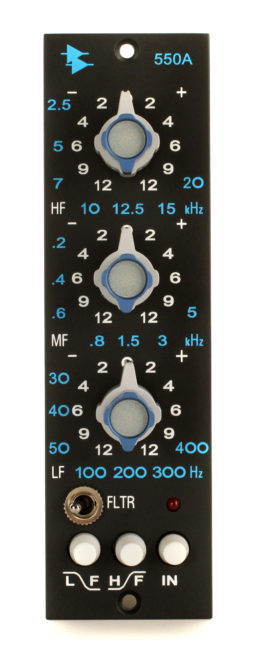
Designed in the ’60s by engineer Saul Walker, the API 550A equalizer has earned the respect of engineers worldwide. Whether you’re boosting or cutting, whether you’re going for subtle or extensive equalization, something about the 550A just sounds “right.” Each of its three bands features five different center frequencies to select from, and their ranges overlap to allow for more extreme shaping. The acclaimed API 2520 op-amp ensures maximum fidelity, and its Proportional Q circuitry helps extreme boosts or cuts sound natural. In short, the API 550A has withstood the test of time in every audio application imaginable.
P90 single-coil pickups
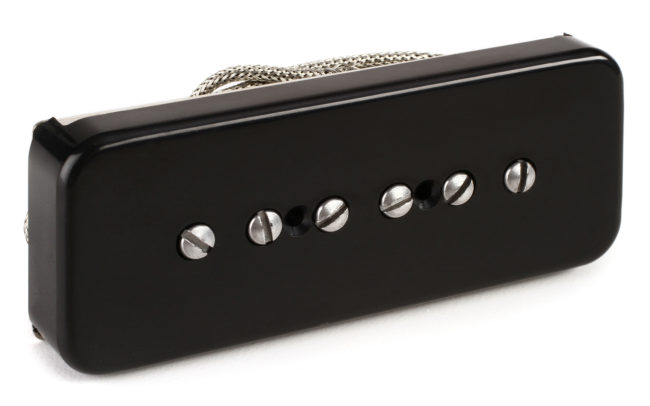
The P90 was Gibson’s first successful single-coil pickup design and was found on many of their offerings from the ’50s. Fast-forward to today, and you’ll find countless iterations of the same classic design. While the types of magnets and number of windings may vary, modern P90 pickups are essentially the same as the ’50s originals. Why is that? Players who love P90 pickups appreciate their wide sonic range, which combines the snappiness of single-coils with the punch you’d normally expect from a humbucker. Compared to other single-coil designs, P90s usually offer a hotter output and more bite in the treble frequencies. As long as people are playing electric guitars, P90 pickups will always have a devoted following.
Fender ’65 Twin Reverb tube amplifier
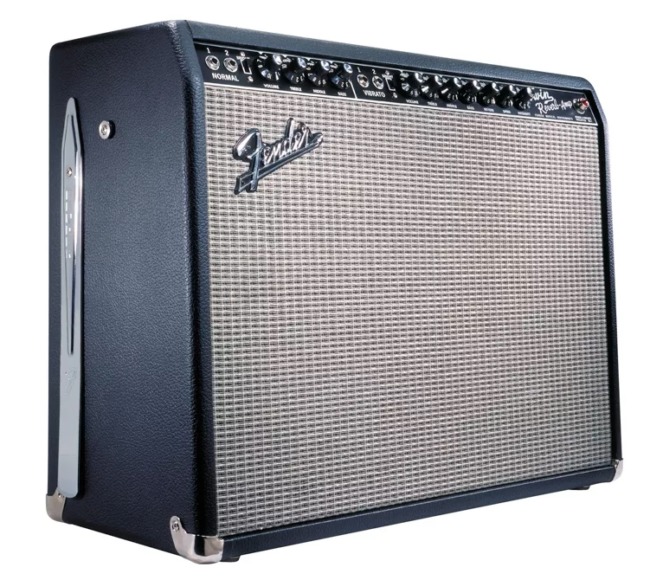
Described by Fender as “the hardest working amp in show business,” the Fender ’65 Twin Reverb has been the go-to stage amp for countless guitar icons. With 85 watts driving a pair of 12″ Jensen speakers, the ’65 Twin Reverb gets loud — loud enough to hang with any drummer. And it offers a lot of clean headroom, making it a great platform for pedals. Between the superb preamp section and the built-in reverb and vibrato, many players simply plug straight in with no pedals whatsoever. Basically, if you’re looking for a gig-ready combo amplifier that can get loud, stay clean, and serve you well for practically any style, you’ll be impressed with the ’65 Twin Reverb.
Radial JDI direct box
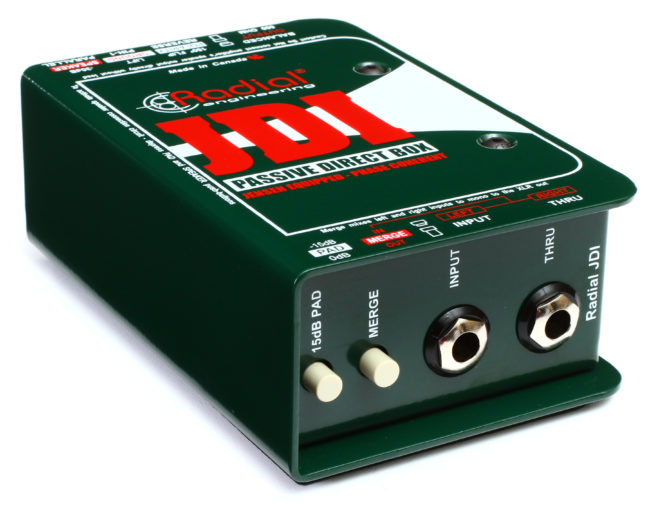
First introduced in 1996 (and also Radial’s first direct box), the JDI is a textbook example of a single-channel passive instrument direct box. The JDI quickly earned acclaim from musicians for its excellent sound quality, mostly due to its custom Jensen transformer. While any direct box is designed to convert an instrument-level signal to a balanced mic-level signal, the JDI excels with its complete isolation from ground loops and virtually no phase or harmonic distortion. And it features some of the most rugged build quality you’ll find anywhere in the audio industry. The Radial JDI won’t be going anywhere anytime soon, and it remains one of the most-used direct boxes on stages worldwide.
Tube-Tech CL 1B opto-cell compressor
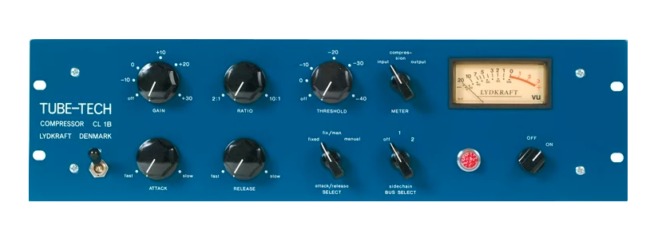
Engineers from Abbey Road, Ocean Way, the Record Plant, and other world-class studios will all confirm that the Tube-Tech CL 1B is one of the best compressors ever created. Tube-Tech engineers fine-tuned every bit of the signal path for maximum fidelity, from the all-tube design to the clickless relay bypass. One of the CL 1B’s claims to fame is its ability to compress transparently, even with extreme gain-reduction settings. When it comes time to solidify a vocal track’s position in the mix, it’s almost impossible to do wrong with the CL 1B. First introduced in 1991, the CL 1B hasn’t changed in decades — and we don’t expect it to change anytime soon.
PAF humbucking pickups
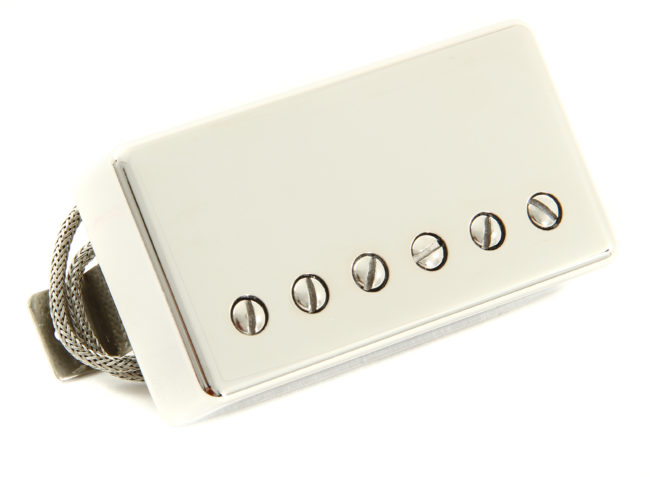
Designed by Seth Lover in the mid ’50s, the PAF (Patent Applied For) was Gibson’s first humbucking pickup to be widely used and recognized. They were found on Gibson’s 1958–1960 Les Paul Standard guitars and played a huge role in that now-iconic sound. While countless variations of the guitar pickup have come and gone, players still chase the tone of those “holy grail” Les Paul guitars. As long as guitar players are chasing tone, the PAF humbucking pickup won’t be going anywhere.
These 10 products have withstood the test of time — and in an industry that’s always looking for the next new thing, that’s fairly impressive. And we’ve only scratched the surface here regarding what makes these products so exceptional in their respective fields. Want to know more about these industry-standard audio tools? Call us at (800) 222-4700, and we’ll tell you more than you ever wanted to know.



